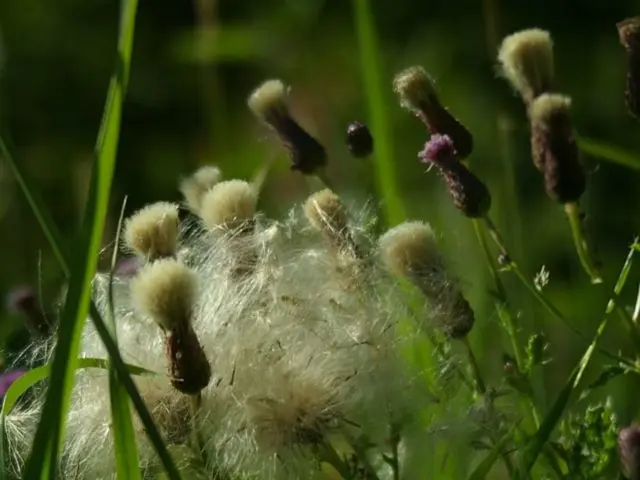Anticipating the Bloom Time of Your Loropetalum
Embrace the vibrancy of spring with the delightful Loropetalum, often known as the Chinese fringe flower. This evergreen shrub is a breath of fresh air after a long winter, boasting delicate blossoms that range in color from pure white to captivating shades of pink and burgundy. If you're looking to incorporate this charming plant into your landscape, you might be curious about when to expect the blooms.
The Blossom Spectacle of Loropetalum
The blooming season for Loropetalum can vary depending on your climate, the specific cultivar, and the maturity of your shrub. Generally, you'll find the most blooms in March to April, but for those in zone 7a and lower, you might catch an earlier bloom towards the end of February. Mature Loropetalum that haven't been severely pruned often bloom a bit earlier.
Unwrap a second, smaller bloom in summer, lasting roughly two to three weeks.
Influencing Factors
Sunlight and Soil
Loropetalum adores a good dose of sunlight, basking in full sun for at least six hours daily for the best display of colors. Partial shade in the afternoon is alright, particularly during the hottest days. This beautiful shrub thrives best in rich, moist, well-drained, acidic soils. Provide protection for loropetalums growing in cooler zones, such as 6b to 7b, to shield them from winter winds. Organic mulch is a terrific addition to the soil, aiding in moisture retention.
Pruning
Pruning is an integral part of Loropetalum care, but timing is essential to maintain those spectacular blooms. Flowers emerge on old wood, so prune your Loropetalum right after the early spring blooms disappear. This gives the plant enough time to recover, ensuring a bloom showcase in the summer. Pruning in the fall should be avoided, as you'd be eliminating the stems for the following spring's blooms.
Upkeep Tips
Young Loropetalum shrubs require consistent watering to maintain a moist soil environment. Older, established plants can handle some drought, though. Mulching with organic material helps preserve moisture and prevent water evaporation. Just be careful not to overwater in clay soils, as this might lead to root rot.
Always carry out a soil test before planting Loropetalum, as they struggle with alkaline soil (pH greater than 7.0), resulting in yellow leaves. Adjust the soil pH to suit Loropetalum's needs by amending it. In April and May, apply a light application of a well-balanced, slow-release fertilizer to boost plant health and vitality.
Loropetalum has few serious pest problems and is regarded as deer-resistant. However, bacterial gall disease can impact your shrub, causing branch dieback and reduced blooms. If you spot the telltale dark-colored gall, prune the infected branch several inches below the gall, disposing of the cuttings, and disinfect your pruning shears with rubbing alcohol between cuts to prevent bacterial spread.
Varieties of Loropetalum
With so many varieties to choose from, finding a Loropetalum that fits your garden space has never been easier. Consider bloom and foliage colors for year-round appeal.
Pink, Purple, and Red Flowering Varieties
Discover a world of color with varieties like 'Blush', 'Burgundy', the tall and wide 'Carolina Midnight', and the small but mighty 'Darkfire'. Embrace vibrant hues like pink, purple, and red in your garden with these enticing varieties.
White Flowering Varieties
White-flowering Loropetalums, such as Carolina Moonlight and Emerald Snow, boast captivating foliage colors. Choose from lime green, dark green, or compact varieties to suit your individual garden tastes.
- To incorporate Loropetalum, the Chinese fringe flower, into your SouthernLiving garden, you might want to consider its blooming season, which typically ranges from March to April, although it can vary depending on climate and cultivar.
- If you're looking for Gardening Ideas featuring Outdoor Plants that bloom during Seasonal Gardening, consider Loropetalum, a flowering shrub known for its vibrant blossoms in shades of pink, burgundy, and white.
- Loropetalum, a popular choice for Gardening Landscaping Ideas, needs a good dose of sunlight for at least six hours daily and thrives in rich, moist, well-drained, acidic soils. Guidelines for pruning include pruning after the early spring blooms disappear to ensure summer blooms and avoiding pruning in the fall.
- When it comes to choosing a variety of Loropetalum, consider pink, purple, and red flowering varieties like 'Blush', 'Burgundy', 'Carolina Midnight', and 'Darkfire' or white-flowering varieties like Carolina Moonlight and Emerald Snow, which offer captivating foliage colors.
- Mature Loropetalum that haven't been severely pruned often bloom a bit earlier, making them a charming addition to your garden. The blooming season can vary depending on your climate, the specific cultivar, and the maturity of your shrub, so be mindful of these factors when planning your Gardening Landscaping Ideas.







